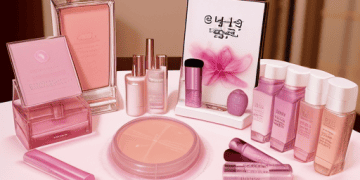South Korea’s small and medium-sized enterprises (SMEs) are undergoing a notable shift in export focus, moving away from traditional subcontracted products such as auto parts and textiles toward independently developed goods in the cosmetics and high-tech sectors, including semiconductor equipment and medical electronics.
According to a joint analysis by The Chosun Daily and the Ministry of SMEs and Startups, the top export items from Korean SMEs have changed significantly between 2010 and 2024. This transition reflects broader changes in the country’s industrial structure.
In 2010, many SMEs were primarily engaged in supplying automotive parts, often as subcontractors for global carmakers like Hyundai Motor and Kia, or through tiered supply chains supporting other international automakers. Other major exports at the time included synthetic resins used in automotive manufacturing and knitted fabrics for the textile industry.
Over the past five to six years, however, cosmetics have emerged as a leading export category. First appearing in the SME export rankings in 2015 at seventh place, cosmetics rose to the top position in 2022 and have remained there through 2023.
This growth has not been driven by South Korea’s large cosmetic conglomerates but rather by smaller firms, including Jung Saem Mool Beauty and TS Trillion. These companies have established a presence in overseas markets, contributing to the international visibility of Korean cosmetics.
High-value-added products in the electronics and semiconductor sectors are also gaining export share. This trend indicates a shift away from the traditional model where SMEs operated largely as subcontractors, toward one in which firms are developing and exporting proprietary technologies and branded products.
In 2024, SMEs exported approximately $6.84 billion worth of cosmetics, accounting for about 67% of South Korea’s total cosmetics exports of $10.2 billion. Cosmetics have ranked as the top SME export for 25 consecutive months since February 2023.
Increased international interest in Korean cosmetics, partially driven by the global popularity of Korean pop culture, and the expansion of e-commerce have contributed to this growth. As of 2024, 1,339 out of 8,989 cosmetics-exporting SMEs, or around 14.9%, used online-only distribution methods.
The broader export landscape for SMEs has also evolved. Traditional export items such as synthetic resin, knitted fabrics, and steel plates have declined in ranking or exited the top 10 list. In their place, items like electronic application devices and semiconductor manufacturing equipment have gained prominence.
Electronic application devices—including battery testing systems, skincare medical devices, and industrial machinery—have shown steady export growth since 2016. In 2024, demand for skincare-related medical equipment rose in markets such as Japan.
Semiconductor manufacturing equipment has also become a key export, especially since 2018. These machines are used by global semiconductor firms, including Samsung Electronics and SK Hynix, as well as international clients across the United States and Europe.
The automotive sector has also seen changes due to external factors. In 2024, used vehicles became the second-largest SME export category, influenced by a vehicle shortage in Russia and neighboring countries following the conflict in Ukraine. South Korean SMEs responded by increasing exports to markets such as Kazakhstan, Kyrgyzstan, and Uzbekistan. Despite recent growth, future uncertainties remain. Approximately 32% of SME exports are directed to the United States and China. Potential trade policy changes, including those under a renewed Trump administration, could affect global trade conditions. Any escalation in trade tensions may pose challenges to maintaining export momentum.
Find the latest supply chain report news at The Supply Chain Report. For international trade tools, see ADAMftd.com.
#SouthKoreanSMEs #ExportShift #CosmeticsIndustry #HighTechProducts #ManufacturingTrends #GlobalExports #InnovationInBusiness

















